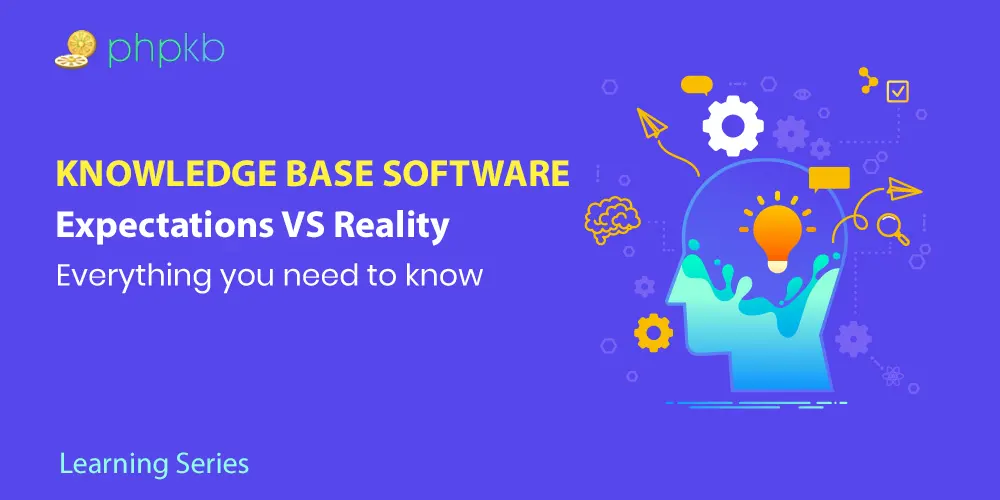Knowledge Base Software: Expectations vs Reality
Estimated Reading Time: 3 MinutesIn the age of information, businesses and organizations are continuously looking for ways to manage and distribute knowledge more efficiently. This leads many to explore the world of Knowledge Base Software, an integral part of modern customer service and internal communication frameworks. The expectations surrounding this kind of software are high, given its potential to centralize information, improve accessibility, and foster collaboration. However, as with any technology, the reality may differ from the idealized picture we have in mind. In this article, we will delve into the expectations vs. reality of implementing and using Knowledge Base Software.

Expectation #1: Seamless Integration
Reality: A Learning Curve
One of the most compelling expectations about Knowledge Base Software is the ease with which it can be integrated into existing infrastructures. Organizations expect a plug-and-play solution that instantly improves their workflow. In reality, integration may require customization and a considerable amount of time to adapt to the unique requirements of the organization. Staff training is also a necessity to get everyone on board and to fully realize the software's potential.
Expectation #2: Cost-Effective
Reality: Hidden Costs
While it's true that Knowledge Base Software can be a cost-effective solution in the long run, initial investment costs can be significant. Apart from the software license or subscription fees, businesses often overlook costs such as training, maintenance, and potential upgrades. Therefore, a comprehensive cost-benefit analysis is essential before taking the plunge.
Expectation #3: Comprehensive Solution
Reality: Feature Overload
Companies expect Knowledge Base Software to be a one-stop-shop for all their knowledge management needs. While it's true that many offerings are feature-rich, the plethora of options can sometimes be overwhelming. The excess of features can detract from the software’s main purpose if the focus shifts from quality to quantity. Thus, a balanced approach is necessary when choosing features that align with your organization’s specific needs.
Expectation #4: Instant Information Retrieval
Reality: Garbage In, Garbage Out
The expectation that Knowledge Base Software will magically make information easily accessible is common. However, the quality of the information retrieval is directly proportional to the quality of the data inputted. Poorly structured or outdated articles can make the search function ineffective. It's essential for organizations to invest in maintaining and updating their knowledge base regularly.
Expectation #5: Enhanced Customer Satisfaction
Reality: Incomplete Solutions
The customer service sector expects Knowledge Base Software to be the ultimate tool for improving customer satisfaction. While it does empower customers by giving them the information they need to solve problems independently, it may not always provide complete solutions. Some issues require human intervention, and a reliance solely on a knowledge base could lead to frustration.
Expectation #6: Universal Accessibility
Reality: Compatibility Issues
The dream is for a knowledge base to be accessible from any device, anywhere, at any time. However, the reality can be starkly different. Issues ranging from poor mobile optimization to restrictive access policies can impede universal accessibility. Ensuring compatibility across various platforms and devices is crucial but often underestimated.
Expectation #7: Boosting Employee Productivity
Reality: Resistance to Change
Employees expect Knowledge Base Software to be an intuitive tool that will make their jobs easier. However, resistance to change can be a significant hurdle. Employees accustomed to old systems may find it challenging to adapt to new software, affecting short-term productivity.
Conclusion
Knowledge Base Software has revolutionized the way organizations manage and disseminate information, both internally and externally. However, it's essential to approach it with realistic expectations. It is not a magic bullet but a tool that, when properly implemented and maintained, can provide immense value. The key lies in understanding its limitations while capitalizing on its strengths.
By carefully considering these aspects, organizations can make informed decisions that bring them closer to the ideal of seamless, efficient, and effective knowledge management.